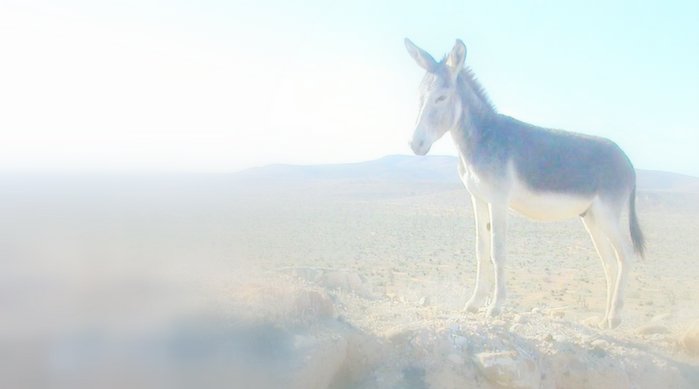As the two defense dates approach, the stress levels in the Xoloitzquintle household are rising pretty quickly. There is probably a reason why dissertations are not written concurrently within one household. Despite all the stress, worry, frustrations, etc., I think Sara and I are getting along pretty well. We just hide in our respective offices and emerge on occasion to gather nourishment, use the facilities, or wander aimlessly.
With school back in session, I have had to return to my teaching duties. I don't mind the teaching, in fact I really like it. It is the organizational nuissance that goes along with it that I don't care for. I had a stress dream about that last night, but I won't go into details about it now.
Today I saw someone whose last name is Guano. If my last name were bird shit, I would definitely change it.
Oso asked whether there are Xoloitzquintle tamales. I have never had one, nor have I ever heard of one.
I just looked it up in my trusty reference on indigenous food: Presencia de la Comida Prehispanica. The entry for this particular item is as follows (translated by yours truly for your convenience):
BALD DOG, XOLOIZCUINTLE, TLALCHICHI
Canis domesticus
Canid family
"...and the small dogs that they raise to eat, castrated." - Hernan Cortez, 1520.
Xoloizcuintli comes from the Nauhatl xolotl (monster) and izcuintli (dog). According to mythology, Xolotl, the dog-god, leads the souls of the dead as they cross the Chignahuapan River so that they may arrive to paradise. This god is a form of the god Quetzalcoatl (or Venus) that crosses across the night sky.
The xoloizcuintli is a large bald dog. Its skin is smooth and soft...
Sahgun (who chronicled the Spanish conquest) mentions three types of dogs, among which we find the xoloizcuintli. These dogs "did not have a single hair so that at night they had to cover them as they slept..." He adds that there are other "dogs that they call tlalchichi that are short and round and they are good to eat." It appears that the tlalchichi was the same type of dog that was bred and castrated so that it would not grow.
Antonio of Ciudad Real commented in 1584: "...the Indians bred a type of dog of the earth, smooth and without any hair, which used to be their food, and they still eat them although they prefer beef." However, Clavijero, in 1778 speaks of them in the past tense when he writes: "Mexicans ate techichi meat, as did the Spanish, which was tasty and nutritious." He attributes their extinction to the fact that the Spanish took them as provisions on their ships on their trip back to Spain. The dog ceased being food a long time ago, but we did not want to fail to mention it because it was a very important food.
==========================
So there you have it. Everything you ever wanted to know about this ugly and hairless little dog.
No recipie for tamales, though. Sorry, Oso.
Now, I have heard of people eating bear...so you better be careful...

No comments:
Post a Comment